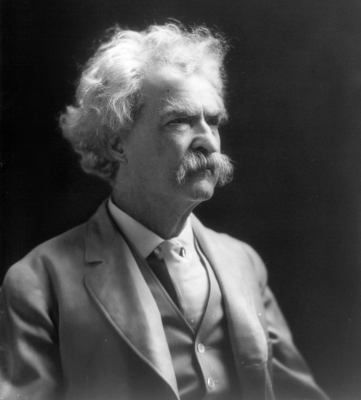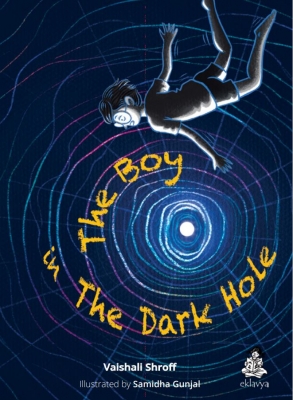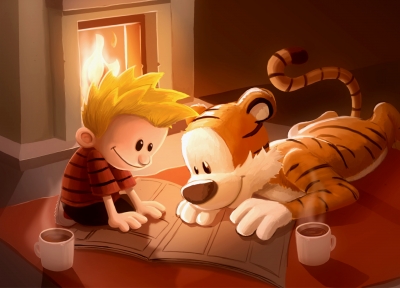What is the life story of Mark Twain?

Samuel Clemens regaled generations with some of the world's greatest tales under the pseudonym Mark Twain. But did you know Twain ran for the office of the Governor of New York once? Well, at least in a fictional piece published shortly after the 1870 U.S. election.
Twain's satire on U.S. politics, "Running for Governor which he wrote while travelling throughout the American West appeared as his monthly column for "Galaxy" magazine and in the local "Buffalo Express" newspaper. Over a century later, the story has become a talking point in the light of the U.S. elections, which concluded on November 3.
Getting Political
"Running for Governor" gives an imaginative account of Twain's nun for governor against actual incumbents Stewart L Woodford and John T. Hoffman in 1870. Twain, who innocently believes that "good character would suffice to win against his opponents learns about the rampant corruption, lies and character assassination in politics.
Life on the Mississippi
Growing up in the southern town of Missouri on the banks of the Mississippi, Twain loved role playing as a steamboat crew. He dreamed of becoming a professional steamboat pilot and acquired his pilot licence in 1859. He piloted his own boat for two years before the Civil War stopped steamboat traffic. He gave up the job after a while to pursue other occupations that eventually led him to writing.
Never say never
Though Twain died on April 21. 1910, his adventures continue to delight us. Around 107 years after his death. The Purloining of Prince Oleomargarine was published in 2017. Twain had jotted down bits and pieces of this story nearly 30 years before his demise. The handwritten notes were discovered at the Bancroft Library in Berkeley, by Dr John Bird, a Mark Twain scholar and professor at Winthrop University.
Did you know?
- The term "Mark Twain" was a boatman's call noting that the river was only two fathoms deep, the minimum depth for safe navigation.
- His shirts were an invention of his own. They opened in the back, and were buttoned there.
- Twain's stories about Tom Sawyer have brought fame to the Hannibal region. In September 2019, Twain's signature was found on the walls of the cave named after him, which figured prominently in his book, "The Adventures of Tom Sawyer."
Picture Credit : Google

